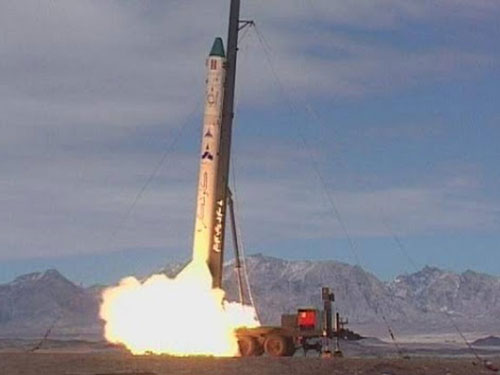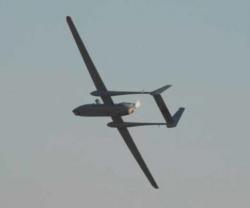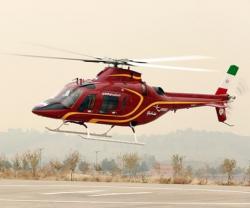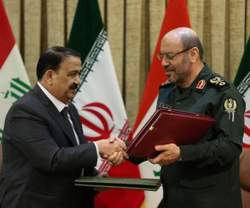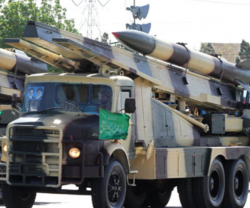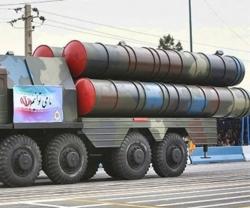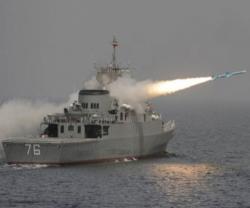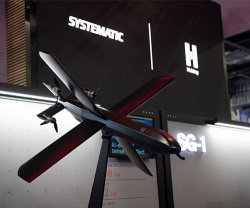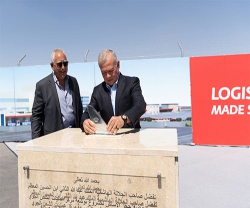Iran announced that it has sent the second monkey into the space on the back of an explorer rocket, and that it has brought back and recovered the living cargo.
The second monkey named “Fargam” which was sent into the space on the back of an Iran-made explorer returned to the Earth safely.
The Iranian explorer was launched into the space using liquid fuel for the first time.
On January 28, the Defense Ministry's Aerospace Industries Organization announced that it has sent a monkey into the space on the back of Pishgam (Pioneer) explorer rocket and recovered it.
The Aerospace Industries Organization said it had sent the living creature into space aboard an indigenous biocapsule as a prelude to sending humans into space.
The Aerospace Industries Organization said the capsule was sent to an orbit beyond 120km in altitude and carried out telemetry of the environmental data records.
The explorer rocket was launched by the Aerospace Industries Organization and it returned to the Earth after reaching the desired speed and altitude, and the living creature (monkey) was retrieved and found alive.
Former Iranian President Mahmoud Ahmadinejad had announced in 2010 that Iran plans to send astronauts into space in 2024. But, later he said that the issue had gone under a second study at a cabinet meeting and that the cabinet had decided to implement the plan in 2019, five years earlier than the date envisaged in the original plan.
In a relevant development, Deputy Defense Minister and Head of Iran's Aerospace Organization General Mehdi Farahi announced Iran will launch its 7th research rocket called Kavoshgar (Explorer) into space end of this week.
“Kavoshgar 7 will be launched next week as the next part of the plan to send living creatures into space,” Farahi said in Kish Island.
“6 Kavoshgars have already been sent into space so far, and this week the 7th Kavoshgar will be sent from Imam Khomeini base in Semnan province (Northern Iran) to an altitude 120km from the Earth,” he added.
Iran launched its first research rocket on February 4, 2009, when it also announced activity of its first space center and its first indigenous satellite - called Omid, or Hope.

